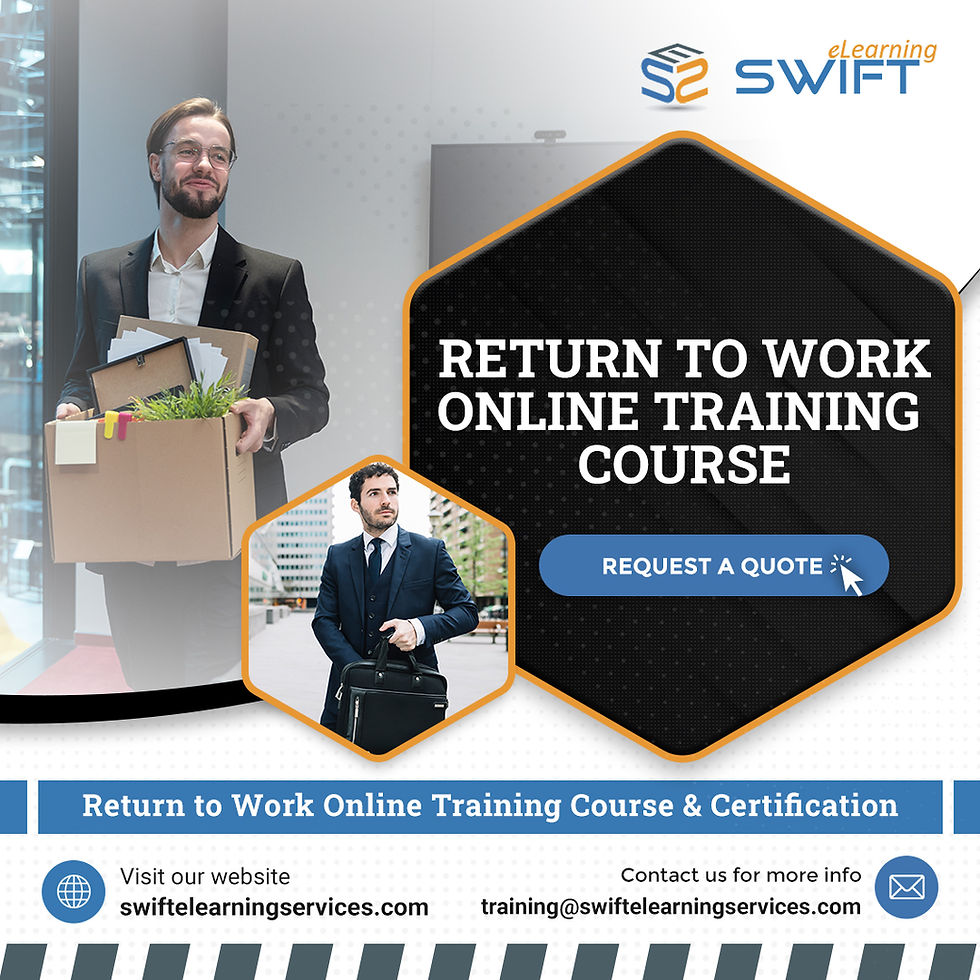How to Transform a Boring PowerPoint Into Engaging eLearning Content
- ElearningNewz
- May 2, 2023
- 3 min read

Also collect feedback from learners to improve the course's design and effectiveness. Testing and evaluation help to identify areas of the course that require improvement and ensure that learners are achieving the desired learning outcomes.
Converting PowerPoint to eLearning: Tips and Tricks
PowerPoint presentations have been used for years in classrooms and training sessions to convey information to learners. However, they are not always the most engaging or effective way to teach. Many learners find PowerPoint presentations dull and struggle to stay focused during the presentation. To overcome this problem, instructors and trainers have turned to eLearning as an alternative way to present their content. By converting a PowerPoint presentation into an eLearning course, instructors can make the content more interactive, engaging, and effective.
In this section, we will explore some tips and tricks to help you convert PowerPoint to elearning presentation into an exciting and engaging eLearning course. By following these tips, you can create a course that learners will enjoy and that will help them achieve their learning goals.
Plan Your eLearning Course
Before starting to convert your PowerPoint presentation into an eLearning course, it is essential to plan the course's structure and objectives. You need to identify what content you need to include in your course, what teaching methods you will use, and how you will evaluate the learners. This planning phase is critical to ensuring that your eLearning course meets your learners' needs and interests.
When planning your eLearning course, consider the following:
Identify the learning objectives: What do you want learners to achieve by the end of the course?
Determine the target audience: Who will be taking the course, and what are their interests and needs?
Define the course structure: What topics will the course cover, and how will they be organized?
Choose the delivery method: Will the course be delivered online, in-person, or a combination of both?
Determine the assessment methods: How will learners be evaluated, and what feedback will they receive?
By having clear objectives, you can tailor your eLearning course to meet your learners' needs and interests. You can also ensure that the course is relevant and engaging, which will increase the likelihood that learners will complete the course and achieve the desired learning outcomes.
Keep It Simple
One of the primary reasons that PowerPoint presentations can be boring is due to information overload. Too much information on a slide can make it difficult for learners to stay focused and absorb the material. To avoid this problem, keep your eLearning course simple, concise, and relevant. Use bullet points and short sentences instead of long paragraphs. Focus on the most important information and avoid including unnecessary details.
When creating your eLearning course, keep the following in mind:
Use short, concise sentences: Avoid long paragraphs or sentences that are difficult to read.
Highlight the main points: Use bullet points or bold text to highlight the most important information.
Avoid clutter: Don't overload the slide with too much information or graphics.
Use simple language: Use language that is easy to understand and avoid using jargon or technical terms that learners may not be familiar with.
By keeping your eLearning course simple, you can help learners stay focused and engaged throughout the course.
Add Visuals
Adding visuals to your eLearning course is a great way to keep learners engaged. Instead of just using text, try incorporating videos, images, and animations to make your content more interactive. You can also use graphs, charts, and diagrams to simplify complex data. Visuals can help learners understand the concepts better and make the course more interesting.
When using visuals, keep the following in mind:
Use relevant visuals: Use visuals that are relevant to the content and help reinforce the message.
Don't overload with visuals: Use visuals sparingly and only when they add value to the content.
Use high-quality.





Comments